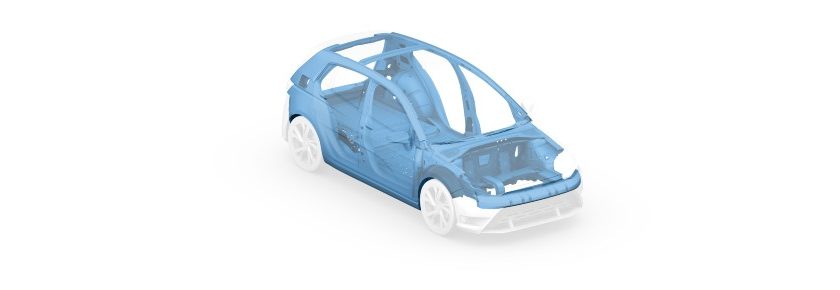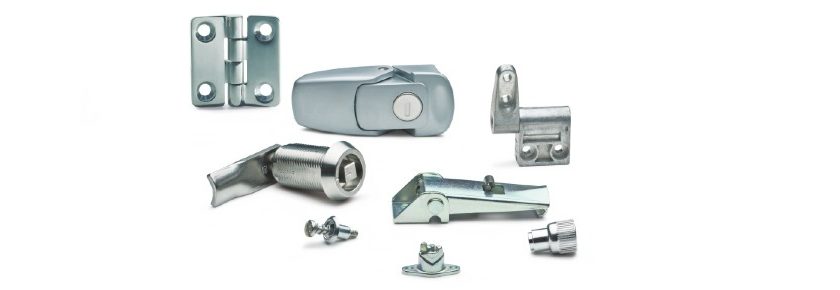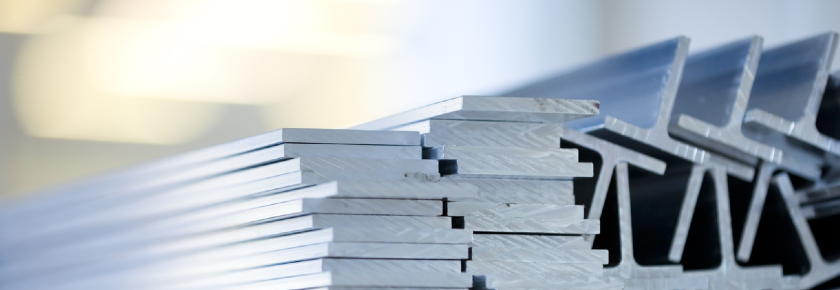Whether your products are used in systems that are common or critical, you want to ensure that they meet the high standards of your target market. Bossard can help with 14 state of the art testing labs on three continents that boast ISO/IEC 17025 certification. Our services reward you with high quality at minimal risk.
Our facilities can take charge of the following wide range of fastener tests on your products.
- Tensile Testing and Compression Strength Testing is a standard procedure that can determine yield point, tensile strength, elongation fracture, and other mechanical characteristics.
- Hardness Tests / Hardness Profile Measurements rely primarily on measure indentations to test mechanical properties such as case hardness, hardness profile, surface hardness, and core hardness.
- Friction Coefficient Testing / Torsion Testing can find the coefficient of friction to determine the clamping force and tightening torque. We recommend this test to ensure that screws are tightened in the correct order.
- Whether at our laboratories or at your location, Torque Analysis uses your original working pieces, which are made of plastic and metals, to determine the tightening torque of your application.
- Coating Thickness Measurement measures the thickness of the required protective coating by using X-rays and a coating thickness gauge.
- Spectral Analysis identifies materials and ensures quality control of semi-finished and finished products.
- Fastening Optimization helps you to choose the right fastener for your application to minimize costs in the supply chain and during production and assembly. We can also deliver the optimum specifications for your fastener.
- Loosening Analysis examines the bolted joint to determine the right clamping force when subject to different vibrations, forces to transmit, and temperatures of use. It can determine the best way to secure the joint based on the fastener and its function.
- Corrosion Analysis looks at how corrosion can affect fasteners and other components. We help you choose reliable countermeasures for reducing or removing corrosion from the wide array of corrosion protection systems.
- Salt Spray Test is a standardized test for evaluating corrosion protection. It determines how different anti-corrosion coatings react on test pieces that are sprayed with a saline solution in the test chamber.
- Ultra-Sonic Preload Measuring looks at the preloads that are generated when a screw is tightened. Because measuring the preload/clamping force is not easy, we use a special ultra-sonic measuring device that can evaluate how a change in screw length affects preload.
- Failure Analysis determines the root cause of failures and the best ways to prevent them. Among possible reasons are change of friction conditions, too much or too little tightening, loss of preload due to setting, and corrosion.,
- Joint Design Calculation, which is based on the MDESIGN tool, enables us to recommend the best design and assembly based on calculations of contact surface pressure, variation of friction, assembly method, and different expansion coefficients of fasteners and other components.
To find out more about how any of our tests can help make quality assurance more reliable and improve the design and assembly of your products, please contact us today at ProvenProductivity@bossard.com.
NEXT UP
Faster to market with 83% shorter throughput time
Excavating the solution for fastener safety
Hardness Measuring Techniques and Application to Fasteners and Hardware

















